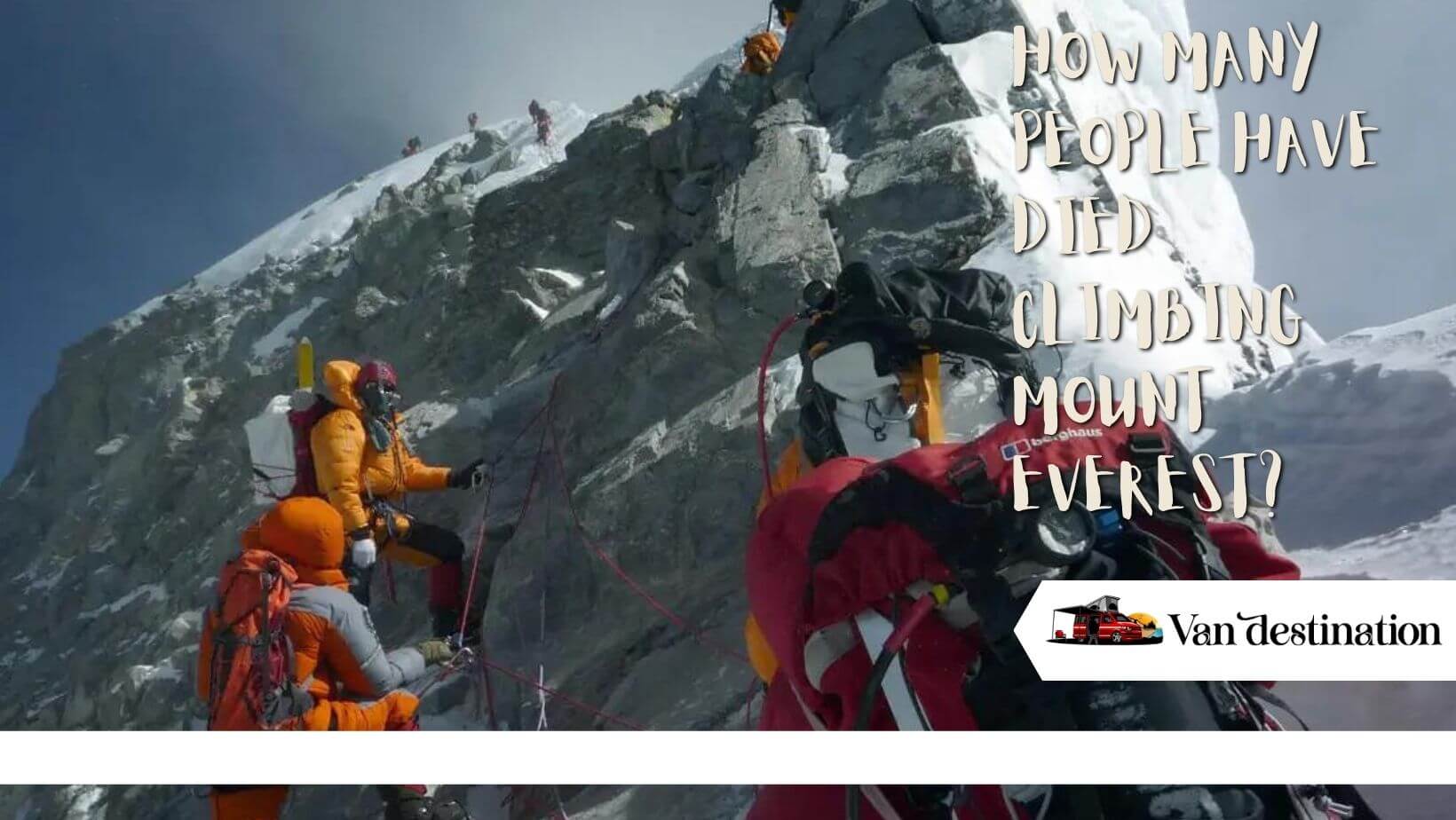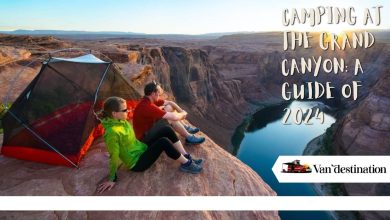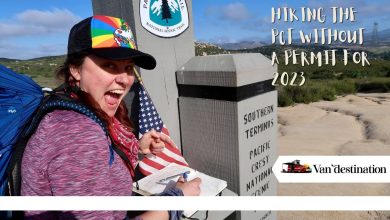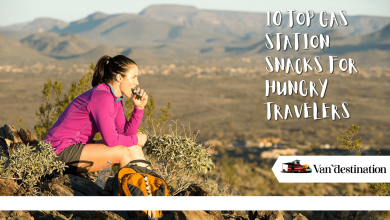How Many People Have Died Climbing Mount Everest?

An adventure to the highest point on Earth, Mount Everest, represents a pinnacle achievement for mountaineers worldwide. However, the chilling reality that accompanies this remarkable feat is the stark number of lives claimed by this monstrous peak. In this article, we will discuss how many people have died climbing Mount Everest and what are the causes.
The Allure of Mount Everest
Often referred to as the “top of the world“, Mount Everest has an irresistible allure for climbers. Its unpredictable and harsh conditions, combined with its mesmerizing beauty and height, make it a powerful symbol of conquest and triumph over the elements.
Why is Climbing Mount Everest So Dangerous?
Unpredictable Weather
The weather on Everest is notoriously unpredictable. Sudden storms, extreme cold, and high winds can turn an already treacherous climb into a deadly one.
Altitude Sickness
Altitude sickness, or Acute Mountain Sickness (AMS), is a significant concern. As climbers ascend, the oxygen level decreases, causing dizziness, nausea, headaches, and in severe cases, death.
Avalanches and Icefall
Climbers face a constant risk of avalanches and icefalls. These unpredictable natural disasters have claimed many lives throughout Everest’s climbing history.
Also Read: Can I Climb Mount Everest With No Experience
History of Deaths on Mount Everest
The Early Years
The first recorded deaths on Everest date back to 1922 during a British mountaineering expedition. Of the seven porters who perished, most were victims of an avalanche.
The 1996 Disaster
1996 marked one of the deadliest years in Everest’s history. A sudden blizzard claimed the lives of eight climbers, a story famously documented in Jon Krakauer’s “Into Thin Air.”
Recent Years
In the last two decades, deaths have been a frequent occurrence, despite advancements in climbing gear and weather forecasting.
Fatality Statistics: How Many Have Died?
Comparison with Successful Summits
Since the first successful ascent in 1953, over 300 lives have been lost on Everest. In contrast, more than 4,000 climbers have successfully reached the summit.
The Nationalities of the Deceased
The deceased hail from all corners of the globe, though a significant proportion is Sherpas, the local guides who aid climbers in their treks.
Common Causes of Death
The leading causes of death include falls, exposure, avalanches, altitude sickness, and exhaustion.
The Final Resting Place: The Death Zone
Above 8,000 meters, Everest’s “Death Zone” is where most fatalities occur. Rescue from this area is nearly impossible due to the harsh conditions and thin air.
Ethical Issues Surrounding Everest Expeditions
The increasing number of deaths has raised ethical questions about the commercialization of Everest expeditions and the need for stricter regulations.
Steps Towards Safer Everest Expeditions
Governments, mountaineering organizations, and climbers themselves are taking steps towards safer climbs, including better preparation, stricter regulations, and improved rescue operations.
Conclusion
Climbing Mount Everest represents a monumental human endeavor. Yet, the mountain’s chilling death toll serves as a stark reminder of the potential cost of this pursuit. Understanding these risks is crucial for future climbers, policymakers, and the wider public to ensure the safety and dignity of every person who dares to face the mighty Everest.
Also Read: I Want To Climb Mount Everest Where Do I Start
FAQs
How many people have died on Mount Everest?
Over 300 people have died on Mount Everest since the first recorded deaths in 1922.
What are the common causes of death on Mount Everest?
Common causes include falls, exposure, avalanches, altitude sickness, and exhaustion.
What is the Death Zone on Mount Everest?
The Death Zone refers to areas above 8,000 meters, where oxygen levels are insufficient to sustain human life for an extended period.
What was the deadliest year on Mount Everest?
1996 is considered one of the deadliest years, with a sudden blizzard claiming eight lives.
Are steps being taken to make climbing Mount Everest safer?
Yes, steps are being taken, including better climber preparation, stricter regulations, and improved rescue operations.



